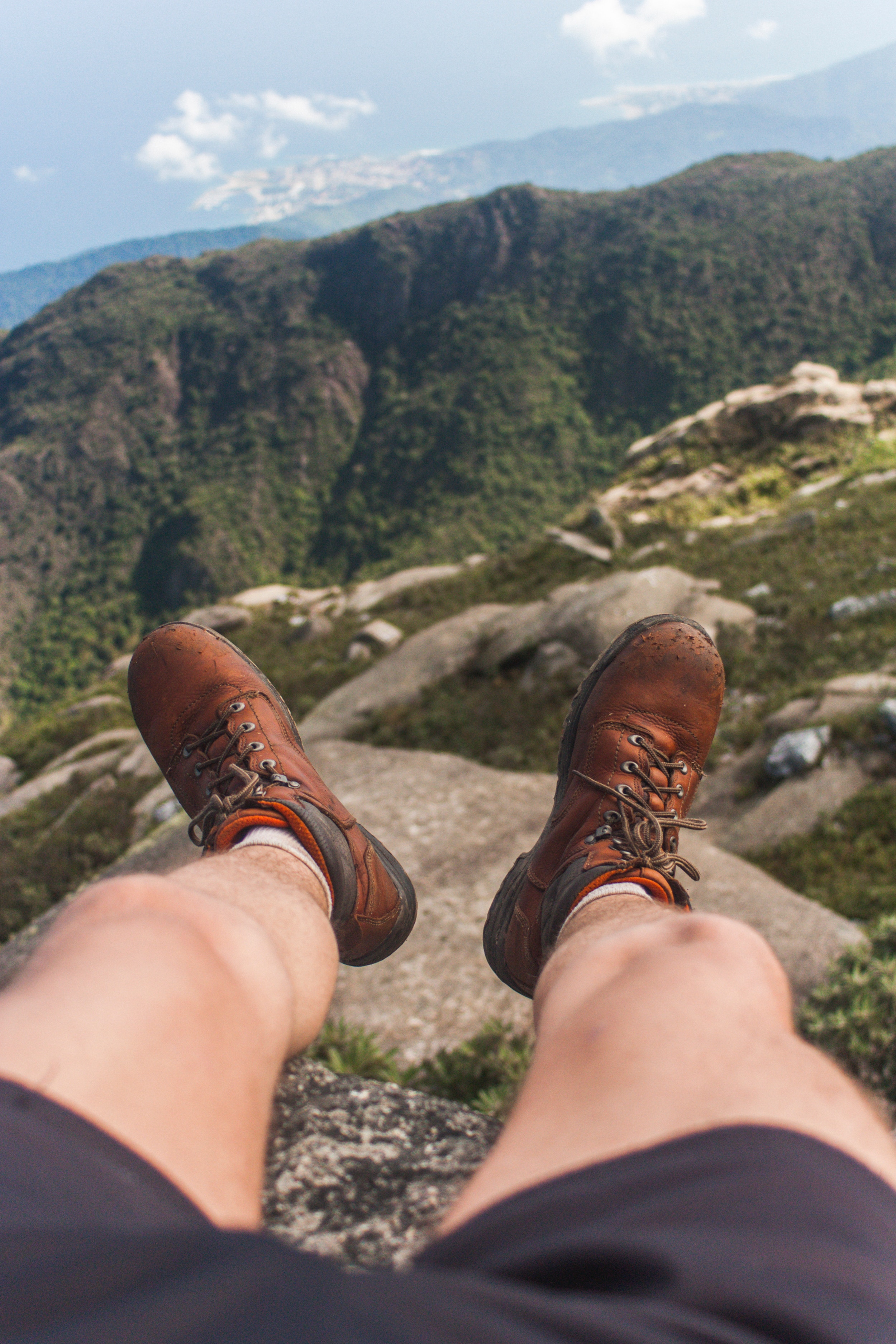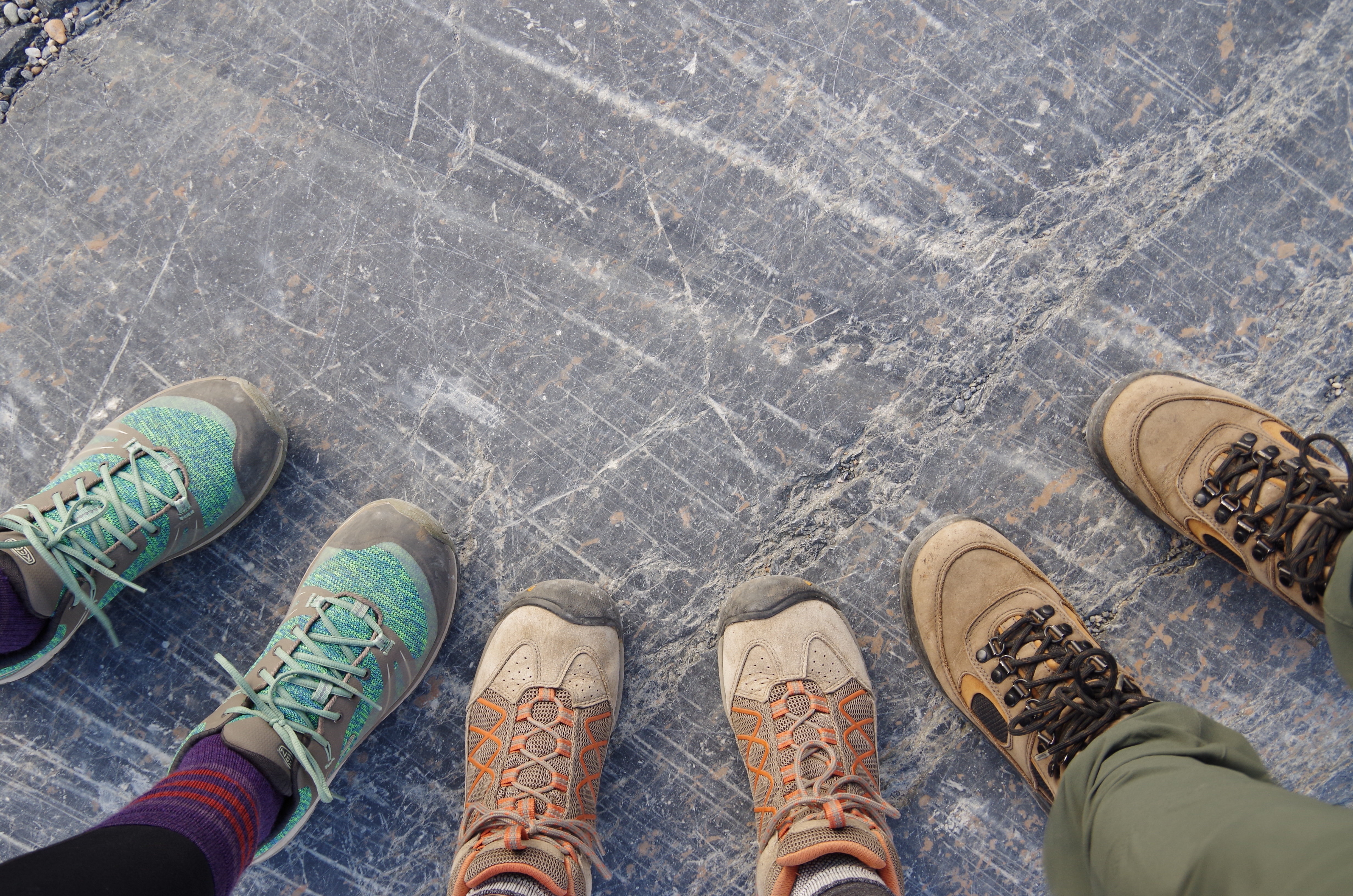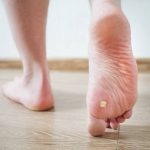Maintaining healthy feet is a key to successful hiking or rucking. Hiking and rucking require long-distance travel sometimes with weight in a rucksack or varied terrain and in all kinds of weather.
Adequately preparing for the task is important for an enjoyable hike or run. If you don’t feel comfortable you’re not as likely to challenge yourself more, and might end up giving up all together…
Taking care of your feet on a hike or ruck begins even before you hit the trail. There’s more to it then just purchasing the right shoes: developing toughness of the feet and taking care of them properly is the most important part of this exercise. It will prevent you from limping home, and extend your performance by miles and miles.
Selecting the right shoes
Having the right shoes when hiking and rucking will make a great difference towards creating a memorable trail journey or a horrifying and excruciating trek. The right shoe should have a good fit.
The shoes should fit well on the heel and leave some room for the toes. Wearing the shoes several days before the hike or ruck helps the feet and shoes adjust accordingly and eliminate discomfort or learn to deal with it before the hike.
I like to wear mine in for at least two weeks before going any long distance in the wild, to avoid unpleasant surprises. Any long distance hiker will tell you that. I know this from experience – it’s no fun dealing with blisters a day and a half out of civilization! For those with flat feet, investing in a good quality insole helps to keep the feet comfortable when walking.
Proper toenail care
Long toenails hinder the fit of shoes and cause pain and discomfort during hiking. Cutting these nails correctly is important both to protect the feet from getting hurt and to ensure shoes fit well and the toes do not rub against the shoe. It is advisable to cut toenails straight and trim them to remove the outward protrusion.
Using creams, powders, and duct
Using creams powder and ducts will help in absorbing perspiration from the feet, friction between toes, and reduce the occurrence of hot spots and blisters. Their use depends from person to person.
It helps me more than most, and even if you don’t think it’s a problem for you – prepare. Your feet might change their minds and become very moist after a long trek, even if you don’t usually have this problem.

Wearing socks
Socks are important during hiking and rucking as they absorb moisture from the feet and prevent friction as well as keep the feet comfortable. The socks should be made of a material that absorbs moisture and dries quickly to prevent soggy boots. Veteran hikers and ruckers recommend socks made from wool, nylon and elasticated materials. The elasticated material helps the socks remain in place when walking.
Most hikers and ruckers recommend wearing double layers of sock, a thin tight inner layer, and a heavier outer layer. Double socks remove friction from the feet and reduce direct contact between the feet and shoes.
Wearing the socks inside out is advisable in preventing friction between the seam and toes. Cotton socks are not recommended as they absorb moisture and take too long to dry. It took me a while to learn about this trick!
Wearing good quality and absorbent socks goes hand in hand with regular changing as soon as the feet begin to get uncomfortable.
Tying shoes correctly
There are three methods of tying shoes – regular lacing, skip lacing and dual lacing. Whatever the method you decide to use, the instep, heel, ankle and sometimes the calf should be held comfortably for movement. Basically, ensure that the feet are firmly held to the boot and the toes have adequate air supply.
Dealing with foot problems
Despite all the precautions to care for your feet, long distances will eventually take a toll on your feet. However, dealing with the problem promptly will help. Some tips include changing socks as soon as hotspots begin to form, re-moisturizing the feet and tying shoes properly. Performing first aid on blisters will help reduce pain, prevent infection and keep the blister from turning into a wound. Removing debris from the shoes regularly will help ease discomfort.
The best way to care for the feet during a hike or ruck is by toughening them prior to hiking or rucking. Toughening the feet beforehand creates natural resistance to blisters, and builds resilience and strength to hike for long distances.
There are a lot of different training guides and even training programs that work for training for rucking or backpacking for the more in shape hiker. They usually concentrate on variety of exercises, setting a challenge and focus on endurance and durability. A good challenge might be an outdoor event like 52 hike challenge, or a GoRuck event.
Adequate preparation coupled with basic foot care measures is guaranteed to give you an enjoyable and pain-free hike or ruck and provide with a chance to have fun without having to worry about your feet. Understanding your body and knowing what works well for you is as important during hiking and rucking. Happy trails!







